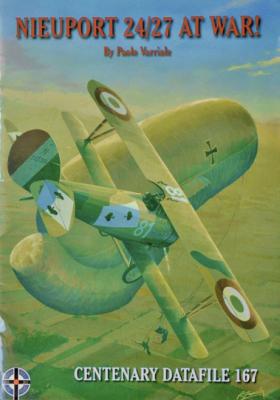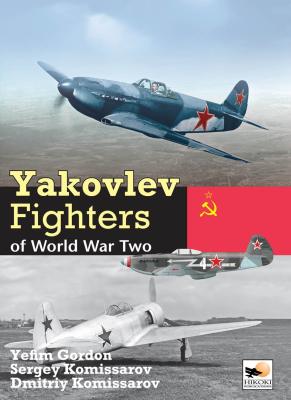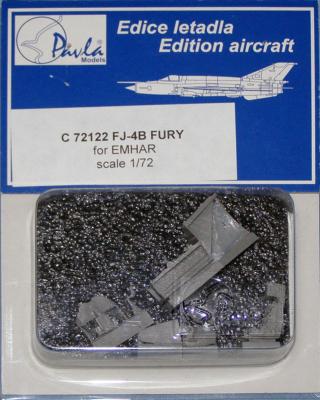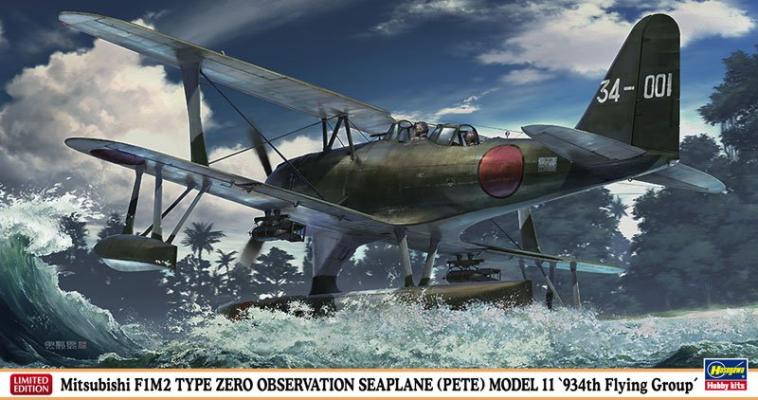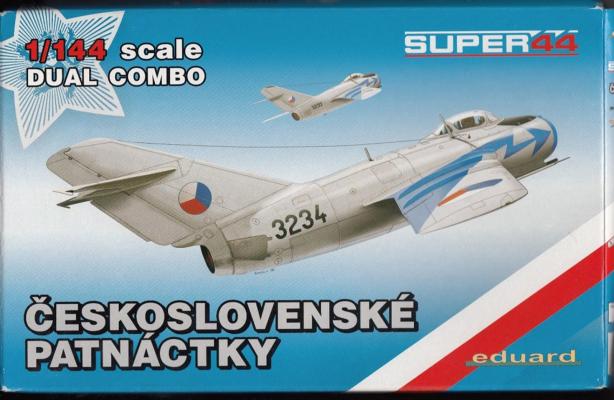By 1916, the little Nieuport 11, also known to the French Militaire by its initials BB (which the French pronounced bébé), had succeeded in putting an end to the Fokker Scourge and therefore gaining the respect of ally and foe alike. A higher horsepower version, known as the Nieuport 17 followed and built on that legacy, becoming the preferred mount for many of the Allies’ first generation Aces. But subsequent efforts to continually improve upon Nieuport’s basic Vee-strutter design fell short of expectations with the introduction of the 24, 24bis and later the 27. Failing to match the performance of a new generation of fighters, these Nieuport designs generated little enthusiasm among French pilots who instead looked forward to flying the much-desired new SPAD. Unfortunately, SPAD production could not match demand and there was a war to fight so the new Nieuport fighters began arriving at the front in early 1917.
Welcome to the IPMS/USA Reviews site!
Introduction: The primary organization of the IPMS/USA Review website is by IPMS/USA National Contest Class. Within each Class there are sub-menus by kits, decals, books, etc. The Miscellaneous Class is for items that are not class specific or that cross two or more classes.
IPMS/USA Members: We encourage you to submit reviews, both here and to the Journal. To volunteer for membership in the IPMS/USA "Reviewers Corps" and submit your own reviews, please read the Guidelines For Submitting Product Reviews.
Manufacturers, publishers, and other industry members: IPMS/USA is pleased to offer your company the opportunity for product reviews. All product reviews are performed by IPMS/USA members, and are posted in the publicly-accessible section of our website. With very few exceptions, we perform full build reviews of new kit releases, aftermarket products, and supplies. If you would care to provide product samples for review, please contact John Noack, IPMS/USA 1st VP.
To learn more about IPMS/USA, please see our About Us page.
This book is the comprehensive history of the fighters produced by the Yakolev Design Bureau during World War Two. The Yak-1 first flew in 1940 under the designation I-26, changing to the now familiar Yak-1 when production began at the end of that year. The authors trace the development of these designs and offer the reader a comprehensive history from drawing board to final use. Ever wonder why the Yak-3 was actually produced after the Yak-9? It is all here.
The book is divided into 9 chapters. Chapter one is comprised of 58 pages and deals with the design, development and use of the Yak1. This begins with the I-26 initial variant and the loss and death of Yakolev’s chief test pilot Yulian Piontkovsky. Each variant and weapons system is covered.
Chapter two covers the I-28, I-30 and heavy fighter projects. These 14 pages deal with some prototypes and dead-end Yakolev developments
The Navy FJ-4 was, to many people, the culmination of the basic North American Sabre Jet. This final naval variant featured a more powerful engine which required a larger intake, a shorter, deeper fuselage, a larger tail, larger wing area and a longer nose gear. Its front line service was short, however. Although the FJ-4B was loved by its pilots, by the late ‘50’s the Fury was being phased out by newer, less expensive fighter and attack aircraft. They referred to it as the “Cadillac”, while its counterpart and eventual replacement, the A4D, was referred to as the “Tinkertoy”.
Emhar issued the FJ-4B in 1/72nd scale in 1990 and is a great kit. There are really only two shortfalls of the kit; the first being a rather basic cockpit and the second being a crude, short exhaust/jet pipe. Pavla has recently released resin detail parts for the cockpit and the exhaust.
History Brief
Code named ‘Pete’ by the Allied Forces the Mitsubishi F1M2 Type 0 Observation Seaplane Model 11 was originally built as a catapult-launched reconnaissance seaplane. In essence, the Pete was a two man crew, single-engine biplane with a main central float and two auxiliary outrigger floats.
Eduard has come out with two double kits of the MiG-15. This one is the Czechoslovakian MiGs. There are two differences between the kits. First is markings. This one is for Eduard’s “home team”, with 7 different Czech MiGs. The second difference is that one of the MiGs in this kit has three guns in the nose instead of two. This is the build with three guns.
Since this is a double kit, you get two of everything. I used the other kit to do the Eduard PE upgrade. I was also gratified to see that there are two slightly different sets of main wheels per kit. There’s also the usual canopy mask and wheel masks, which are top quality.











